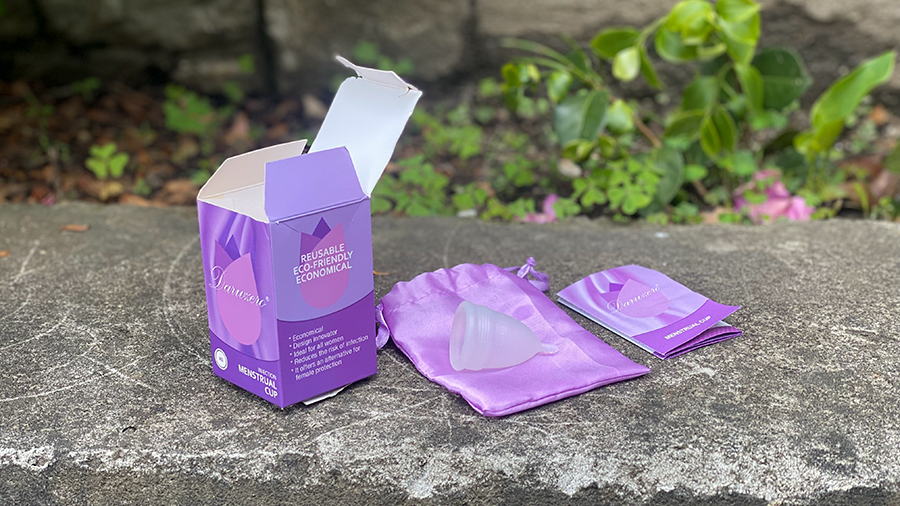
An alternative to sanitary pads is menstrual cups. Menstrual cups are changing period care by offering several benefits when it comes to cost reduction and feminine hygiene. However, the majority of girls and women are unaware of the benefits the cups provide. At the Apollo Bhutan Institute of Nursing in Thimphu, students are learning about the benefits of using menstrual cups.
The Apollo Bhutan Institute of Nursing carries out awareness campaigns on menstrual hygiene every year. On this year’s Menstrual Hygiene Day, the students at the institute learnt about the benefits of using menstrual cups.
The institute aims to empower women to make informed decisions about their bodies and experience the many benefits of using menstrual cups.
“For inserting the menstrual cup, firstly we have to boil it for at least seven minutes and dry it and let it cool. After that, we can shape the menstrual cup into different shapes according to the desire of the person,” said Akash Pradhan, a student at the institute.
A student at the institute, Jamyang Wangmo, discovered the cup as an alternative for menstrual care. She found the cup to be highly beneficial, particularly in relieving menstrual cramps.
“Before the menstrual cup is emptied, first we need to pinch down the base and then remove it. After that, we need to empty the collected blood into the pot and then we need to rinse the cup with hot water. Before inserting it inside, we have to remain calm, that is very important. You do not have to worry about the cup getting lost inside.”
According to the deputy dean of the Apollo Institute, while menstrual cups offer numerous benefits, it is important to consider the disadvantages as well, such as initial hesitation and discomfort and the need for proper maintenance of the cup.
“The risks associated with using menstrual cups are UTI, which is associated mostly because of unclean insertion during the use. Although rare, there can be allergic reactions as well associated with the usage of latex and silicone products,” said Dorji Gyeltshen, the deputy dean at the institute.
Meanwhile, pharmacies in the capital are seeing an increase in the sale of menstrual cups. According to them, the primary customer base consists of women aged 20 and above.
Health officials, physicians, and menstrual hygiene advocates are calling for the adoption of menstrual cups.
Doctor Cheni Zangmo, a gynaecologist and menstrual health advocate emphasises the importance of education and awareness surrounding menstrual cups. She has been using the cup for more than 10 years.
“A pad would cost about a hundred to two hundred Ngultrum in a month, whereas a cup, you can get for cheap ranging from five hundred to around one thousand,” said Lt Col Dr Cheni Zangmo.
According to the doctor, menstrual cups made of silicone or latex-free materials safely collect menstrual flow, ensuring up to 12 hours of leakage protection without causing any discomfort.
Although slightly expensive initially, a cup can be used for a minimum of six months and can last for years if properly cared for.
Tshering Deki
Edited by Sherub Dorji







